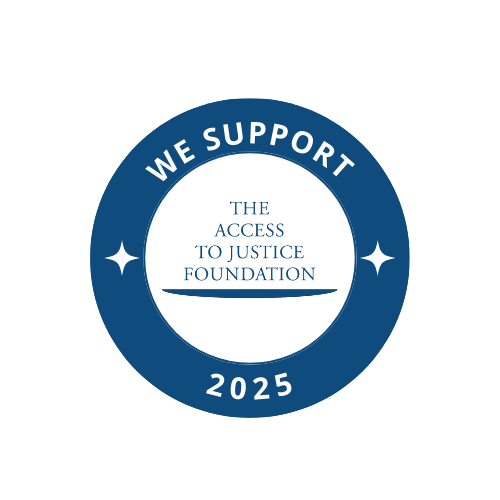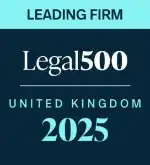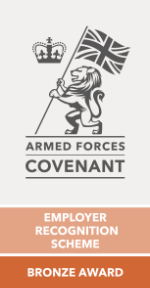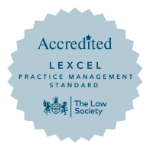In these autumn, and the coming winter months, driving at night can be a challenge, but in recent years, the increasing intensity of vehicle headlights has made it even more hazardous. For many motorists (myself included!), the dazzling glare of oncoming headlights has become a serious problem, affecting visibility and reaction times.
According to a recent RAC poll, as many as six-in-10 drivers (61%) surveyed in December 2024, who say they are affected by headlight glare, believe the problem has got worse in just 12 months. This alarming statistic underlines the widespread nature of the issue, with brighter LED lights and the growing prevalence of SUVs being identified as key contributors.
While the UK Government has pledged an independent review to investigate and address the problem, immediate solutions are not forthcoming. In the meantime, motorists must adopt strategies to protect themselves and others on the road.
Why headlight dazzle is a personal injury concern
The glare from modern headlights is a growing concern for UK motorists, particularly during darker months when most journeys take place at night. Even a brief moment of blindness from oncoming headlights can increase the risk of a collision, leading to potentially serious injuries. We often see the consequences of such accidents in personal injury claims, where drivers or passengers have been left dealing with life-changing effects.
When a driver is momentarily blinded by intense headlights, their ability to make split-second decisions is impaired. This lapse can lead to accidents ranging from minor collisions to severe head-on crashes, posing significant risks to all road users. As all road users owe a duty of care to one another, victims of such incidents may sustain injuries that necessitate compensation claims, highlighting the intersection of this issue with personal injury law.
Top tips to stay safe from headlight dazzle
There are, however, simple steps that can make night driving safer. For drivers affected by dazzling, understanding preventive measures can reduce their risk of being involved in an accident and, potentially, a personal injury claim.
Slowing your speed slightly gives your eyes more time to recover from glare, while keeping your gaze towards the left-hand road markings helps you avoid looking directly into approaching headlights. A clean windscreen is also essential. Dirt, smears and condensation can amplify glare, so making sure your screen is clear inside and out before setting off will improve visibility. The same applies to your mirrors — if your vehicle has an auto-dimming function, ensure it is switched on, or manually dip your rear-view mirror to avoid glare from drivers behind you.
Taking regular breaks on longer journeys can reduce eyestrain, and it’s wise to have your vision checked routinely, as underlying eye conditions can make glare worse. Where necessary, prescription anti-glare lenses may improve comfort and visibility. Drivers can also help protect others by using dipped beams responsibly and ensuring their own headlights are correctly aligned.
How a solicitor can help
If you’ve been involved in an accident caused by headlight dazzle, you may be entitled to compensation for injuries sustained. Whether the incident was due to another driver’s negligence—such as poorly adjusted headlights—or unavoidable circumstances, a solicitor specialising in personal injury claims can provide expert guidance.
Key steps for pursuing a claim:
- Gather evidence, including photos of the accident scene and witness statements.
- Seek medical attention immediately, both for your well-being and to document injuries.
- Contact a personal injury solicitor to assess the circumstances and build a strong case.
At Lanyon Bowdler, we have a raft of experience in supporting clients in personal injury cases. If you’ve been affected by an accident linked to headlight dazzle or any road traffic collision, we’re here to help you secure the support you deserve.
"*" indicates required fields

 Back
Back
















